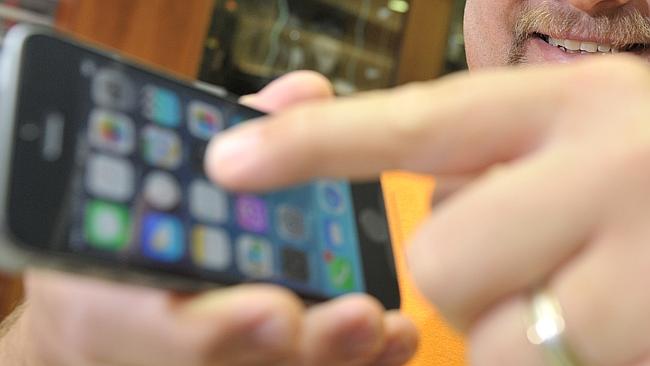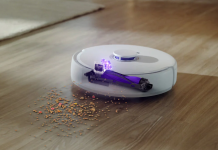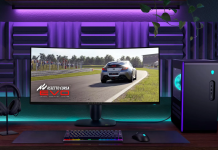
Those of you who’ve used an iPhone, particularly the later models, will probably have noticed the same kind of thing as we have. That is, the digitiser really isn’t all that good, and your perceived inaccuracy of your typing can leave one feeling quite annoyed.
Well, Finnish firm OptoFidelity have used a robot and a robotic finger, and compared the touch sensitivity of the newest iPhone handsets, the iPhone 5C and iPhone 5S, with a slightly older, yet extremely popular, Samsung Galaxy SIII. While Samsung’s phone is a good deal older than the Apple models, never fear.

Take a look at the image above. It shows the results of OptoFidelity’s testing, and as you can see, while the Galaxy SIII can accurately record your touches across the entirety of his touch screen, the iPhone fares far worse. In fact, looking across the area typically occupied by a keyboard on a touchscreen, you can see that an iPhone would likely misinterpret your attempts to touch the Q, I, O or P keys, especially if your not touching them precisely in the middle of the key. Contrast this performance with the Galaxy SIII, which seems to perform equally well across the whole screen, and soon you’re able to see why an iPhone relies so heavily on its auto-correct. Frankly, its touch accuracy really isn’t that good.
It’s not all bad news though, because one needs to consider the parameters of the test. The test environment registered a fail (or a red mark) where the position registered was more than 1mm off from the reported coordinates from the artificial finger. Pass marks (i.e. an accuracy to 1mm) were marked green.
One needs to bear in mind that we don’t have 1mm wide fingers. In fact, some of our fingers are much wider than this, and there’s a good change that even a moderately inaccurate digitiser will have the software smarts behind it to accurately interpret what you’re trying to touch.
It’s interesting to note though, that the inaccuracies some of us have experienced on iPhones might not just be a function of the smaller (and narrower) screens, but also the actual hardware/software combination behind them as well.
Bet you’re glad you chose an Android device now, huh?




